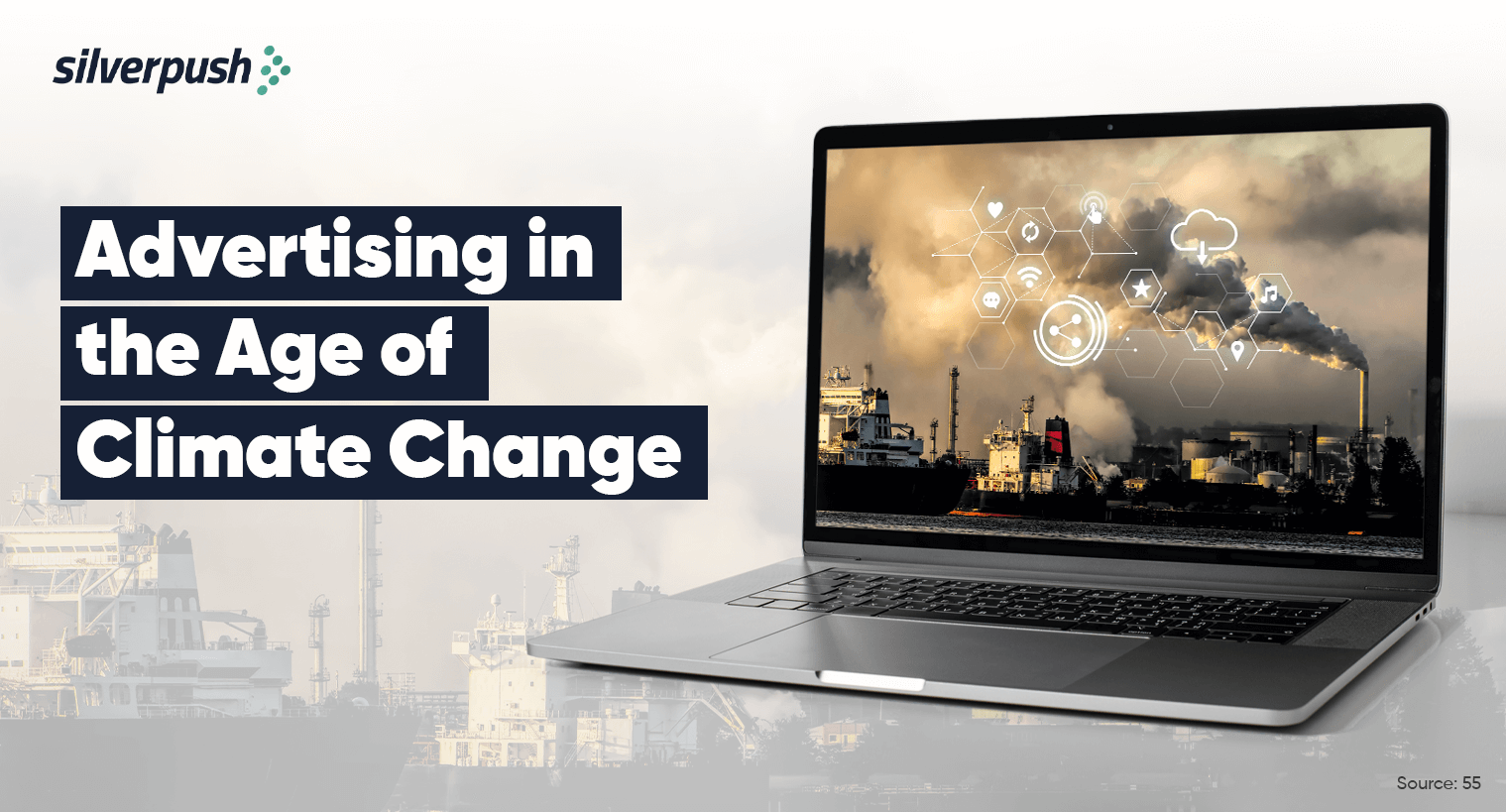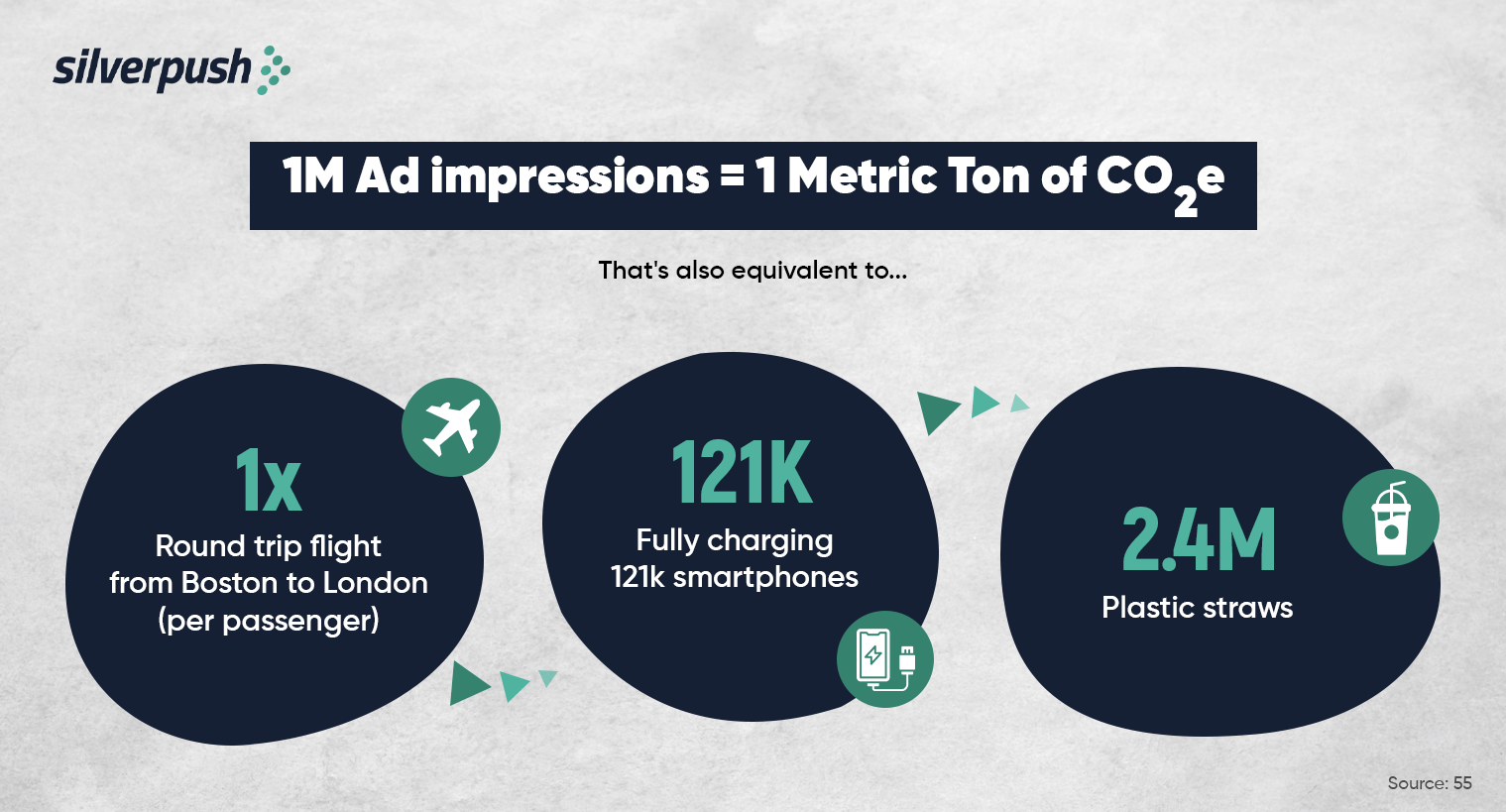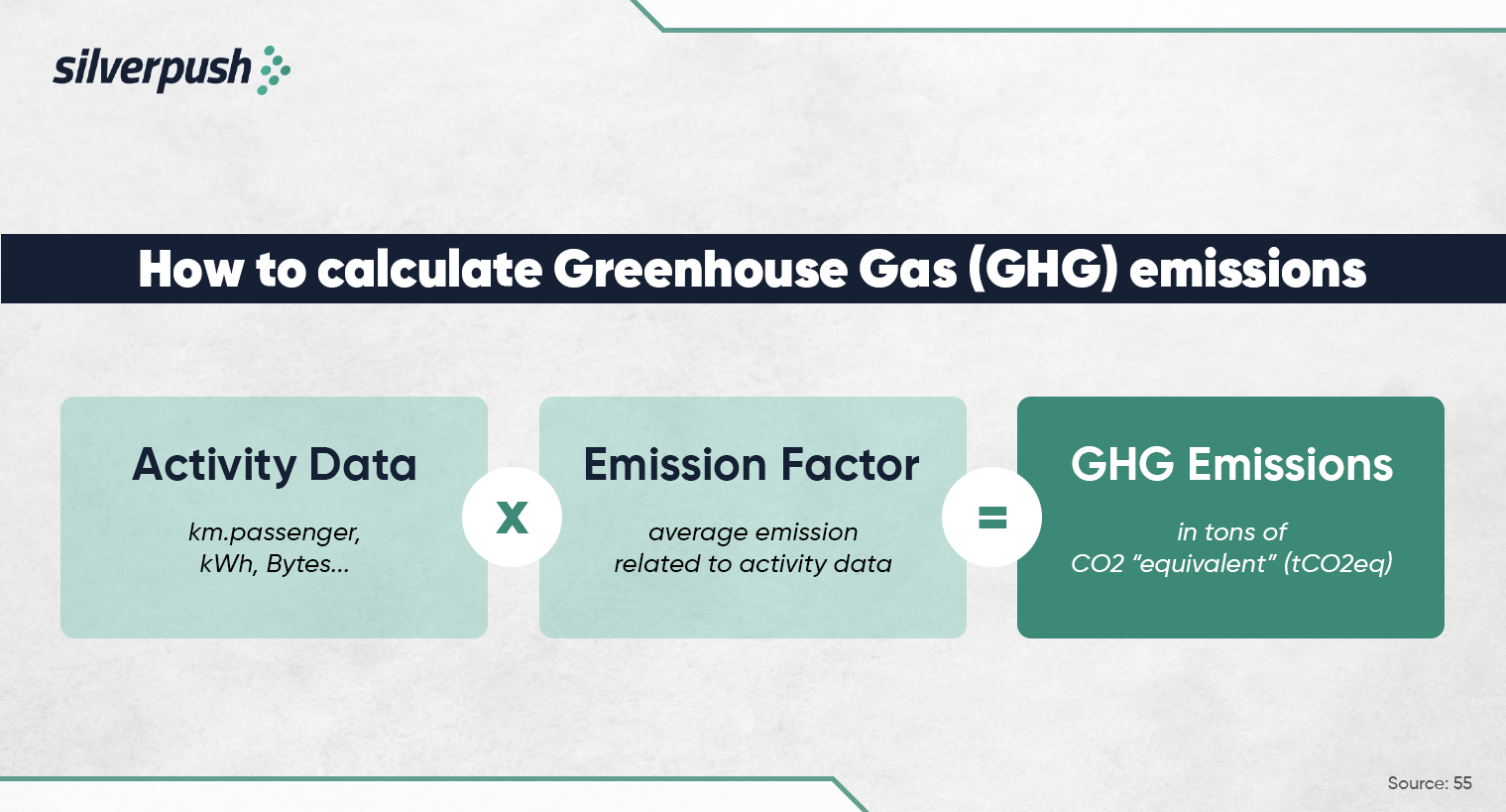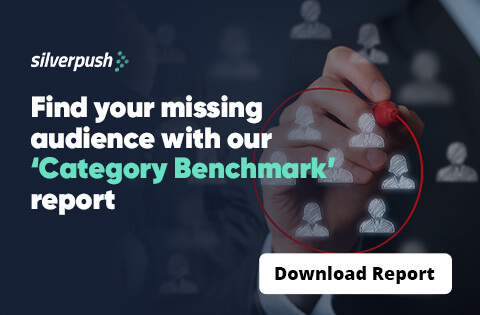Fall Weather and the Consumer: Drive Ad Campaigns for Seasonal Success
PUBLISH DATE: 16 November 2023
Weather has the most profound impact on the consumer. Every buying decision depends on the temperature. If the temperature drops it changes a person’s decision about what they wear, what they will eat, the places to visit, and even the mode of transport. According to a study by the British Retail Consortium (BRC), consumer behavior is notably influenced by weather as the second most significant factor, following the economic conditions.
Interestingly, advertisers are aware of this impact and are finding every possible way to make the most out of this impact. The weather-forecasting has become a multi-billion dollar business. A temperature rise of 15 degrees Celsius within a week corresponds to a 24% surge in the sales of air conditioners and an 11% increase in suncare product sales. Conversely, a 15-degree Celsius temperature drop over the same period results in a 15% uptick in the sales of portable heaters.
Weather is the driving force behind a consumer’s decision! So, whether you’re a small local shop or a multinational corporation, reaching your audience effectively to make the most out of this fall season becomes more important than ever.
Significance of Weather Targeting in Sales Strategies
Weather is a crucial yet often underestimated factor in the sales process. Here are some compelling reasons why advertisers should integrate weather-based advertising into their strategies:
Impact on Buying Patterns:
Consideration of seasonal triggers is vital for effective advertising. For instance, in June, sales of items like beer, suntan lotion, and deodorant see a notable increase. Adjusting media budgets during such periods allows companies to capitalize on these changing shopping behaviors. Conversely, businesses focusing on products like baking mixes, warm apparel, or batteries should enhance advertising efforts from November onward, anticipating an uptick in sales during this time.
Mood Influence:
Weather significantly affects consumer moods at the onset of each new season. Generally, consumers exhibit a sense of optimism, leading to increased spending. Notably, 21% of surveyed individuals express excitement about updating their wardrobe with the arrival of fall, with Gen Z showing an even higher percentage at 39%. (Source: IBM)
Impact on Shopping Preferences:
Weather plays a crucial role in determining how consumers choose to engage with brands. For instance, on hot summer days, shoppers may prefer going to air-conditioned malls for purchases. Conversely, snowy winter days might prompt consumers to opt for online shopping to avoid inclement weather. Advertisers can align their strategies accordingly to boost sales, whether in-person or online.
Small Temperature Changes, Big Results:
Even slight weather variations can have a substantial impact on sales. A minor temperature drop can prompt people to reach for coats and indulge in hot cocoa. Conversely, in certain regions, a 60-degree day after a long winter may feel warm, leading to increased sales of items like ice cream in anticipation of spring.
Understanding and leveraging these weather-related nuances can significantly enhance the effectiveness of advertising strategies.
When Should your Brand Launch Fall Campaigns?
Rather than relying solely on calendars or historical data, leveraging weather forecasts becomes a valuable predictor for anticipating the onset of fall buying behaviors. According to a survey, 65% of individuals make seasonal adjustments based on the perceived weather conditions, presenting a crucial marketing touchpoint when consumers are most receptive to influence.
Identifying the commencement of autumn is complex, influenced by regional disparities and evolving global weather patterns. As 65 degrees feels distinct in Miami compared to Minneapolis, capturing the moment when individuals embrace fall attire becomes challenging.
Implementing a robust predictive and real-time weather strategy allows savvy brands to enter the market precisely when consumers embrace fall-like temperatures. Here are three essential weather strategies for brands this fall:
1. Timing is Everything
Weather significantly influences consumption habits, especially during seasons featuring distinctive and fleeting flavors like apple, cinnamon, and pumpkin spice. A study found that 53% of people are more likely to choose a product when its campaign aligns with local weather conditions. A global coffeehouse brand effectively utilized fall weather vibes, dynamically aligning its seasonal pumpkin-spiced beverage with real-time weather conditions. The campaign employed weather triggers such as the onset of fall, outdoor activities, and cold, sunny weather, resulting in increased brand preference by 13% and purchase intent by 8% among key audiences.
2. Be the Antidote to Seasonal Allergies
Approximately 70% of consumers check the weather forecast weekly to manage their health, with a significant focus on seasonal allergies. Recognizing that weather patterns affect allergy sufferers whose symptoms start earlier and last longer, an allergy brand employed high-impact dynamic creative and Weather Targeting. The creative was strategically served when optimal conditions for exacerbated symptoms were present, leading to an 11.2% increase in aided awareness, an 11.4% rise in favorability, a 50% increase in click-through rate (CTR), and a 9.5% boost in purchase intent.
3. Turn Party Goers into Patrons
With fall being a season of gatherings due to back-to-school, sports events, and holidays, there’s a prime opportunity to build customer preference.
In summary, incorporating these weather-driven strategies can enhance brand visibility, relevance, and consumer engagement during the fall season.
Put Fall Weather Strategies to Your Advantage
As the fall season progresses, brands must adopt a dynamic weather strategy that aligns with shifting consumer preferences, enabling the creation of compelling advertising campaigns tailored to the autumn ambiance. Forward-thinking companies are collaborating with Mirrors by Silverpush to identify relevant moments, forecast consumer sentiments, preferences, and purchasing behaviors.
Explore our comprehensive range of solutions and Contact us to get a brief on our complete portfolio of offerings.
The Super Bowl Spectacle: Advertisers Paradise
PUBLISH DATE: 14 November 2023
The Super Bowl, a pinnacle event in American sports culture, is more than just a championship game; it’s an advertising extravaganza that captivates millions of viewers. According to recent statistics, the 2023 Super Bowl garnered a viewership of over 120 million people, solidifying its position as one of the most-watched television events in the United States. The estimated ad cost for this year’s event has surged to a staggering $6 million for a 30-second spot, showcasing the monumental significance of advertising during this broadcast.
For brands and advertisers, the Super Bowl represents an unparalleled opportunity to make a lasting impact and amplify their message to a massive and engaged audience.
Online video is changing what it means to be a Sports fan
Being a sports fan isn’t just about watching the game live on TV anymore. There are three trends related to sports content on YouTube, showing that today’s sports fans are becoming even more passionate thanks to online videos.
There is more to the game for sports fandom
- 50%+ growth in watchtime of “funny” sports videos on Youtube
- 60%+ growth in watchtime of sports “interview” videos on Youtube.
Reach Sports fans where they are watching on their terms
- 70 out of the top 100 sports videos on Youtube have titles like “great”, “greatest”, or “best”.
- 90+ growth in searches for football “highlight” videos on Youtube.
Sports fans are hungry for the good stuff
- 80% of sports fans says they use a computer or smartphone while watching live sports on TV.
- 30% of sports fans say they prefer to watch live sports on their smartphone or table
Mirrors – Silverpush’s Advanced Contextual Solutions For The Big Game
In the ever-evolving landscape of digital advertising, Silverpush stands at the forefront, providing advanced contextual solutions tailored to the grandeur of the Super Bowl. With its pioneering Mirrors offering, Silverpush introduces a paradigm shift in the industry of video context-driven precise targeting.
Complete brand safety and suitability are ensured, accompanied by data-driven ad performance that empowers brands to align their advertisements with relevant and high-performing content. The result? Enhanced engagement and amplified brand recall, a winning formula for any advertiser looking to make their mark during the Super Bowl frenzy.
Leveraging precise targeting, Silverpush’s technology correlates engagement metrics with contextual relevance, ensuring that high-performing and relevant videos are exclusively targeted. Moreover, the platform draws the strengths of:
1. Multivariate testing to decipher audience preferences and refine advertising strategies accordingly.
2. Dynamic campaign delivery that automates and optimizes campaigns in real-time, mitigating ad wastage and maximizing impact.
Building a Super Bowl Targeting Profile With Mirrors Generative AI
In the quest to capitalize on the vast potential of the Super Bowl audience, advertisers often encounter the challenge of reaching untapped or overlooked demographics. This is where Silverpush’s Mirrors Gen AI steps in, reforming the way advertisers approach audience targeting during the Super Bowl.
By understanding the intricacies of audience behavior and content consumption, Mirrors Gen AI unlocks a treasure trove of insights, enabling advertisers to tap into previously uncharted territories.
Tap Into The Overlooked & Untapped Audience – The Process
Every time a consumer navigates the online sphere, they leave behind a trail of digital footprints, revealing their intent and preferences. From the articles they pursue to the devices they utilize, these subtle cues serve as valuable indicators for advertisers seeking to connect with their target audience.
Mirrors Generative AI comprehensively maps these nuanced patterns by employing a two-pronged approach:
identifying key contexts across the Internet: By meticulously scrutinizing webpages, surveys, and a myriad of Openweb content, the technology delves deep into the nuances of consumer behavior, surpassing surface-level understanding to unearth invaluable insights.
Analyzing historical data: Leveraging the power of predictive AI, Mirrors Gen AI extrapolates future outcomes based on historical data patterns and campaign-specific information, enabling advertisers to make informed decisions tailored to the Super Bowl audience’s preferences.
In essence, Silverpush’s Mirrors Gen AI identifies correlations between audience personas and contextual factors, enabling advertisers to strike the perfect balance between scale and propensity to act, all while aligning with the specific KPIs of their advertising campaigns.
Make Your Mark At The Super Bowl: Explore Mirrors Gen AI – Book A Demo Today!
Advertising in the Age of Climate Change: The Adoption of Carbon Emission Metrics
PUBLISH DATE: 16 January 2023
The urgency of the climate crisis is increasing, and the media industry is no exception. While some professionals are working to reduce their direct operational emissions, there is an urgent need for common standards to be set for indirect emissions that come from digital advertising.
The digital advertising industry is becoming increasingly aware of the significant carbon footprint associated with the delivery of billions of digital ad impressions daily. Although a few brands, agencies, and ad tech companies have pledged to reach net zero carbon emissions by 2030 or sooner, the question remains: What is needed to encourage the majority of the industry to adopt similar goals?
Carbon Footprints Laid by Digital Ads
Although it is often thought of as more environmentally friendly, digital advertising still has a significant impact on the environment. In fact, it is responsible for about 2-4% of global carbon emissions, which is comparable to the aviation industry.
To give context, it is essential to note that serving one million ad impressions generates one metric ton of carbon dioxide emissions, which is equivalent to the emissions produced by (Source: venturebeat.com).
1. One passenger on a round-trip flight between Boston to London.
2. Charging over 121,000 smartphones to full battery power.
3. The carbon in 2.4 million plastic straws.
 The operation of servers for digital advertising and the internet results in adverse environmental effects such as heat, noise, and pollution throughout the entire programmatic supply chain. This accumulative impact raises concerns for advertisers.
The operation of servers for digital advertising and the internet results in adverse environmental effects such as heat, noise, and pollution throughout the entire programmatic supply chain. This accumulative impact raises concerns for advertisers.
Tracking Carbon Emissions through Digital Ads

The digital advertising industry has been making progress in reducing its carbon emissions, following the Paris Agreement in 2016 which was signed by 200 countries with the goal of achieving net zero carbon emissions. In 2020, the UK Advertising Association launched Ad Net Zero, recognizing the industry’s need to become more sustainable. Many companies such as WPP, Havas, Dentsu, Disney, Unilever, and Dell have committed to reaching net zero emissions by 2030 or later.
Achieving aggressive carbon-reducing goals in the ad tech industry requires setting standards for measuring and reporting carbon emissions. Measuring carbon emissions allows an organization to determine its current level of CO2 waste and identify the primary sources of emissions. Similar to how companies report their financial performance, reporting on carbon emissions allows advertisers and brands to be transparent and accountable in their efforts to reach net zero carbon emissions.
Setting Industry Standards to Calculate Carbon Emissions
Measuring carbon emissions can be complex, but understanding the different components that contribute to a company’s carbon footprint can simplify the process. These components are typically broken down into three categories: Scope 1, Scope 2, and Scope 3 emissions.
Scope 1 emissions are direct emissions from sources that the company owns or controls, such as fuel combustion in boilers or vehicles. Scope 2 emissions are indirect emissions from the generation of purchased electricity, heat, or steam. Scope 3 emissions are other indirect emissions that occur in the value chain of the company, such as the emissions from the extraction of raw materials or the disposal of waste. which typically make up more than 90% of a company’s total carbon emissions.
For advertisers to accurately measure their carbon emissions, it is important to understand the contributions of their DSPs, SSPs, DMPs, publisher partners, and other vendors to their Scope 3 emissions. By assessing the impact of these vendors, advertisers can gain a more comprehensive understanding of their overall carbon footprint.
How do Silverpush’s Cookieless Solutions Neutralize Carbon Emissions?
One of the many reasons for high carbon emissions in digital advertising is audience targeting. Standard targeting methods may deliver high impressions, however, they generate wasted impressions due to the random placement of ads and the targeting of the wrong audience.
Silverpush offers precise and detailed targeting options that identify the most qualified audiences, which needlessly reduces pointless impressions and drastically reduces carbon impressions. By delivering relevant ads through contextual targeting, advertising campaigns become more efficient and fewer ads are displayed to users. This results in a reduction in energy consumption of servers and devices used to deliver ads, ultimately reducing CO2eqPM emissions.
Conclusion
Advertisers can reduce their environmental impact by implementing sustainable practices such as using renewable energy, measuring and reporting their carbon emissions, and offsetting their emissions through carbon credits or other means. They can also consider using more efficient technologies, such as programmatic advertising, that target specific audiences and reduce the number of ads delivered, ultimately reducing energy consumption.
Whether or not the ad tech industry will become carbon neutral by 2025 is uncertain and it would depend on the level of commitment from the industry players and the government to take the necessary steps to reduce carbon emissions. It would also require a concerted effort from all stakeholders, including advertisers, agencies, and technology providers, to adopt sustainable practices and invest in new technologies to lower their carbon footprint.
What do you think? Will Ad Industry become carbon neutral by 2025? Let us know your thoughts!







